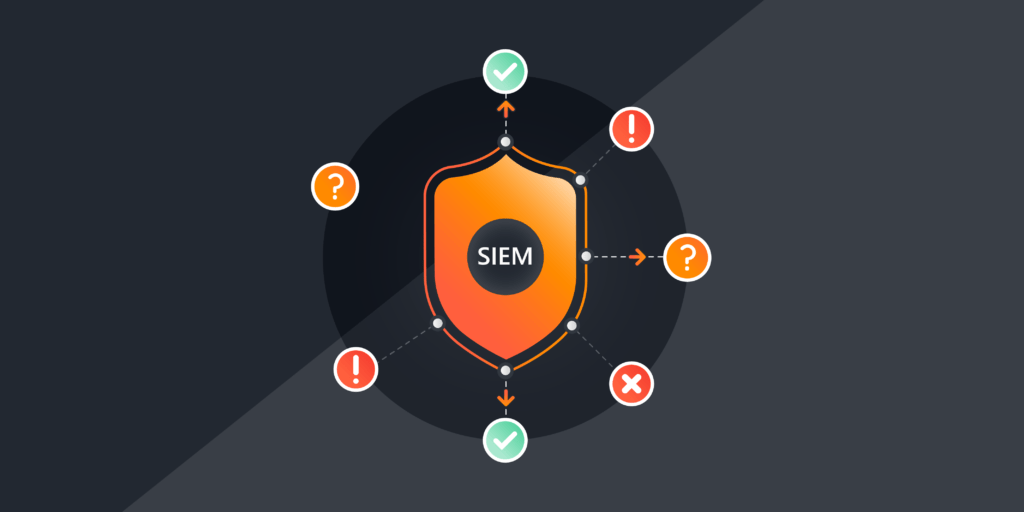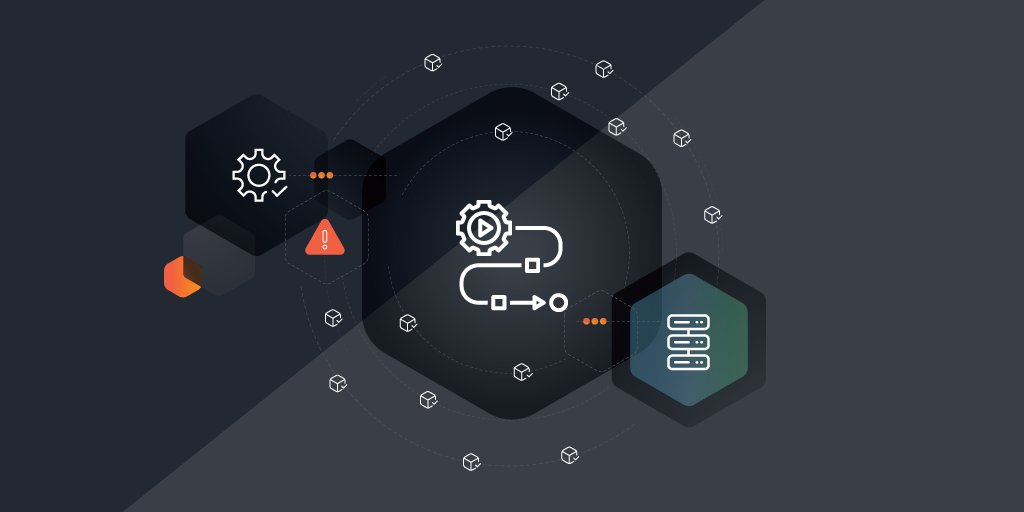
Staying on top of your enterprise and mid-market IT operations can seem overwhelming given the rapid evolution of cyber threats. Managing and responding to security incidents efficiently is a significant task, and your role as an “IT Hero” is critical in ensuring this. Fortunately, Security Incident and Event Management (SIEM) can help you accelerate Mean Time to Respond (MTTR) and keep your operations running smoothly. In this article, you’ll find important information on topics such as: What is SIEM? What are its benefits? What are the best practices for implementation? And much more.
What is SIEM?
SIEM systems provide real-time analysis of security alerts generated by applications and network hardware. They help your organization detect, monitor, and respond to potential security threats before they cause significant harm, saving your resources and time. SIEM tools enable a centralized view of your organization’s IT security landscape by collecting and aggregating data from various sources, analyzing it, and generating alerts for suspicious activities. This real-time monitoring and analysis are essential for maintaining a robust security posture.
Key Components of SIEM
The key components of a SIEM system include data collection and aggregation, real-time monitoring and analysis, and correlation and alerting mechanisms. SIEM systems gather data from sources such as firewalls, intrusion detection systems (IDS), intrusion prevention systems (IPS), and other security devices. They continuously monitor this data for anomalies or suspicious activities. Additionally, SIEM tools correlate the data to identify potential threats and generate alerts for immediate response, ensuring a proactive approach to security management.
Benefits of SIEM
By leveraging SIEM, you’re not just improving your threat detection and response capabilities; you’re also streamlining log management and bolstering compliance efforts. SIEM systems detect threats in real-time, allowing you to act quickly and reduce recovery time. Centralizing security data simplifies the identification and resolution of issues. SIEM facilitates easier analysis, correlation, and secure long-term log storage, ensuring compliance with regulatory requirements and supporting forensic investigations. Advanced correlation and analysis link related events to detect complex threats. Customizable dashboards and reporting tools offer visual summaries and trends, aiding in rapid comprehension and response. Overall, this approach enhances your organization’s security posture by enabling proactive threat detection and efficient security operations, allowing IT teams to focus on strategic tasks.
Another significant advantage of SIEM is its ability to integrate with other security technologies, such as Endpoint Detection and Response (EDR) and threat intelligence platforms. This integration enriches the data available to the SIEM, providing deeper insights and more accurate threat detection. Moreover, by automating repetitive tasks such as log collection, normalization, and initial analysis, SIEM systems free up your IT team to concentrate on more complex security challenges and strategic initiatives.
SIEM Implementation Best Practices
To maximize the effectiveness of your SIEM system, consider these best practices:
1. Assessing Organizational Security Needs: Understand the specific security needs of your organization to choose the most suitable SIEM tools. These needs might include industry regulations and compliance requirements, IT infrastructure complexity, existing security systems, threat landscape and risk profile, incident response needs, budget constraints, operational environment, and company policies.
2. Choosing the Right SIEM Solution: Define clear selection criteria such as scalability, integration, compliance, usability, and cost. Research potential solutions through industry reports, customer reviews, and vendor information. Evaluate key features like real-time monitoring, threat detection, incident response, log management, and reporting.
3. Request Demos and Trials: Engage with vendors to request product demonstrations and trial versions. This hands-on experience allows you to:
– Test functionality: Ensure the SIEM tool performs as expected in your environment.
– Assess usability: Determine if the user interface is intuitive and fits your team’s workflow.
– Check performance: Evaluate how the SIEM handles data volume and if it meets your performance expectations.
4. Consider Total Cost of Ownership (TCO): Beyond the initial purchase price, consider:
– Licensing costs: Understand if pricing is based on data volume, number of nodes, or other factors.
– Implementation costs: Factor in deployment and integration costs.
– Operational costs: Estimate ongoing maintenance, support, and potential upgrades.
The Future of SIEM
The landscape of SIEM is continuously evolving. Emerging trends include:
1. Integration with Artificial Intelligence and Machine Learning: Future SIEM systems will leverage AI and ML to enhance threat detection and response capabilities, learning from past incidents and predicting future threats more accurately.
2. Enhancements in Threat Intelligence and Analytics: Advanced threat intelligence and analytics will provide deeper insights into potential security threats, improving overall security posture.
3. Improved User and Entity Behavior Analytics (UEBA): Integration with UEBA will help SIEM systems detect anomalous behavior by users and entities, further strengthening security measures.
Enhance Your Security Operations with Lansweeper’s Asset Discovery
Ready to witness how Lansweeper’s comprehensive asset discovery can elevate your security operations? Request a demo today and uncover how Lansweeper’s full visibility of your IT environment can bolster the completeness of your SIEM, enabling swift incident response and ensuring seamless operations.


